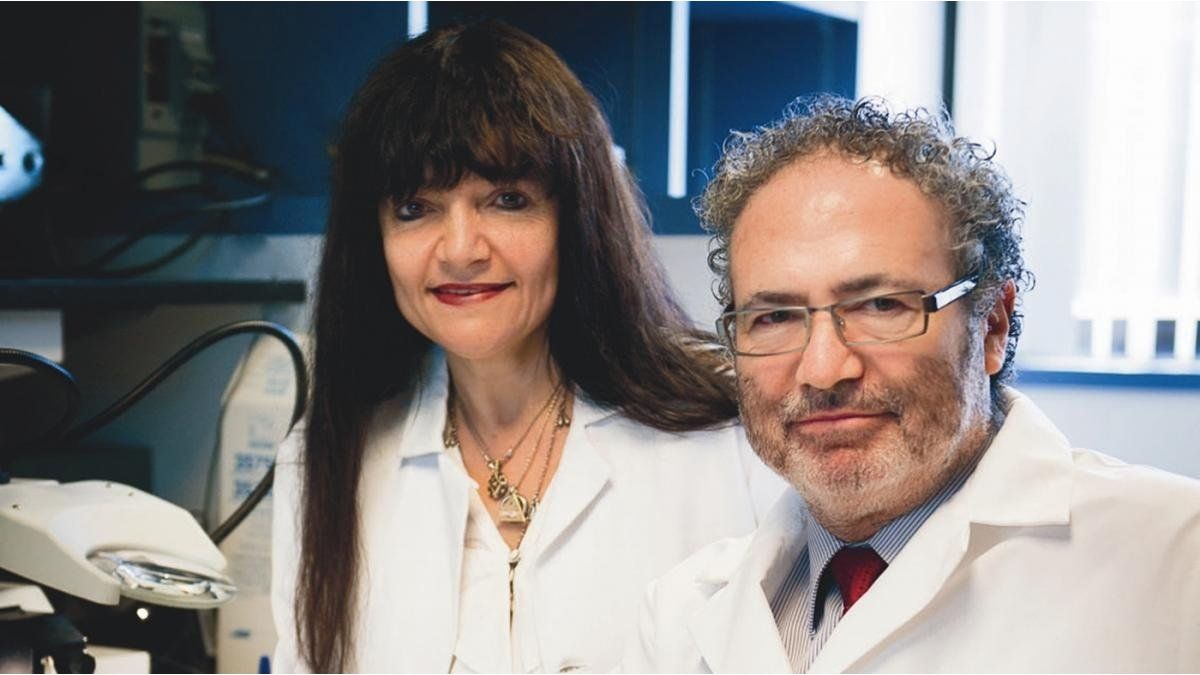The Argentines Peter Lowenstein and Maria Castro -those currently working in the Department of Neurosurgery of the University of Michigan, USA– developed and currently heads clinical studies of new gene therapies -which in phase 1 showed good results of tolerability and increased survival- for the glioblastomaa kind of highly aggressive brain tumor and for whom currently there are no therapeutic alternatives that extend survival to more than two years.
Working with the results of the phase 1 clinical trial was recently published in the prestigious magazine The Lancet Oncology and is part of a series of investigations that are carried out around the world in search of a alternative against this type of tumorwhich is currently treated with surgery, rays and chemotherapy with a drug called temozolomide with very reduced effectiveness.
cancer scientists 2.jpg
Glioblastoma is a highly aggressive type of brain tumor.
Telam
“Gliomas are one of the worst tumors who attack human beings precisely because there is no effective treatment and the two-year survival is 5%; that is to say that the 95% of the patients diagnosed after two years are dead,” he told Télam. Lowenstein in virtual communication from his office in the University of Michigan.
Which Lowenstein and Castro developed in their laboratory was a gene therapy: “What we proposed is to carry two viral vectors (each one encodes a different protein) that combined with a drug called Valtrex makes, on the one hand, kill tumor cellsand on the other hand, dendritic cells are attracted to the peritumoral area, which will then stimulate the immune system for the generation of cells toxic to the tumor“he described.
genetics-science.png

Pedro Lowenstein and María Castro were trained at the universities of Buenos Aires and La Plata respectively.
Clinical trial
In the clinical trial, in which 18 patients participated (eight women and ten men), different doses of both vectors were administered and Valtrex and all doses were well tolerated.
“The second finding was that we had several patients with a survival greater than two yearsthe same with a survival of more than three years and a patient with more than five yearswhich given the normal survival of this tumor are very good results,” he described. And he continued: “Of course, to definitively determine if the therapy is working, we must do future phase III trialswhich include a control group of patients”.
The third observation (together with Dr. Maria Luisa Varela) that they carried out in the study was that “one of the proteins that we used (the thymidine kinase of the HSV-1 virus) was present in the brains of patients up to two and a half years after the injection of the viral vectors.
Cancer treatment.jpg
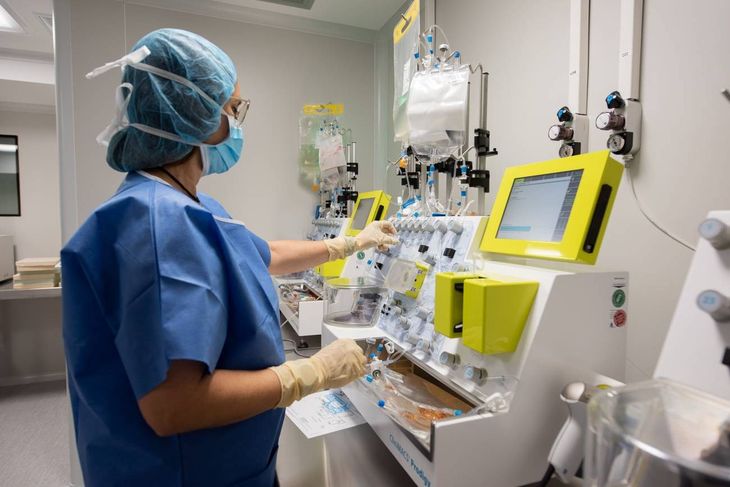
Currently, glioblastoma does not have therapeutic alternatives that extend survival to more than two years.
At work, after the application of the viral vectors, the patients took the drug Valtrex (which synergizes with thymidine kinase to achieve the cytotoxic effect for tumor cells); “So if the protein can be found in the brain some time later, the first test we can do is to supply Valtrex for longer to see if the effect of destruction of tumor cells“.
That is to say, in the not too distant future, the phase 1b or 2 study will include not only more patients and a control group, but also some modifications in treatment.
colon cancer 1200.jpg

The results in phase 1 were promising.
Pixabay
“We are in dialogue with the University of California and with that of harvard planning trials combining our therapy with others, because surely The therapies will work in combination; what we achieve in resetting part of the immune system in the brain, but surely it can be further enhance“he described Lowenstein.
world cancer day.jpg
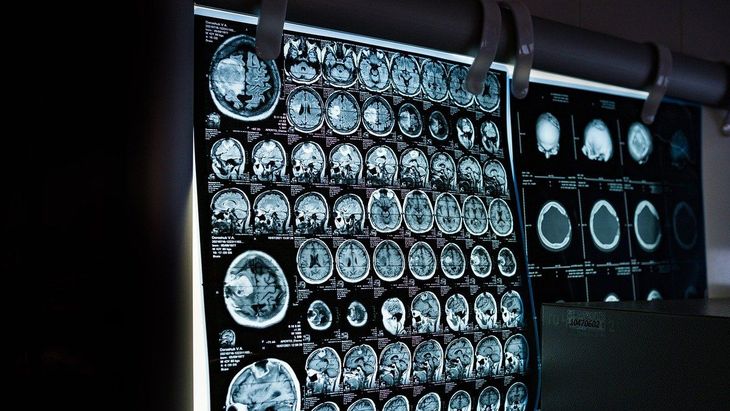
The work with the results of the phase 1 clinical trial was recently published in the prestigious journal The Lancet Oncology.
Pixabay
Gliomas: what they are and how they originate
The gliomas They are primary tumors that originate in the brain parenchyma; Within these are the glioblastomas (also called grade IV astrocytoma, GBM, glioblastoma multiforme and malignant glioma) that occur mainly in Adults.
Although less common, it can also occur in childhood; in fact, it is the leading cause of death from cancer in the pediatric population because although the leukemias are more common, the diffuse glioma It is practically devastating for that age group.
kidney cancer 1200.jpg

Pedro Lowenstein and María Castro currently work in the Department of Neurosurgery at the University of Michigan.
Pixabay
“Currently, the standard therapy received by patients with glioblastoma consists of surgical removal of the tumor (when possible, there are tumors that are lodged in areas that cannot be accessed surgically) followed by radiotherapy and chemotherapy with temozolomide“, he described for his part Marianela Candolfiresearcher in the Inbiomedan institute of the School of Medicine double dependency UBA-Conicet.
Candolfi was one of the authors of a recent work published in the magazine Cancers in which they demonstrated at the cellular level that the suppression or decrease of a molecule called humanin (which is generated by glioblastomas and inhibits the effects of chemotherapy and promotes the multiplication of malignant cells) improves adherence to treatments.
cancer scientists 3.jpg
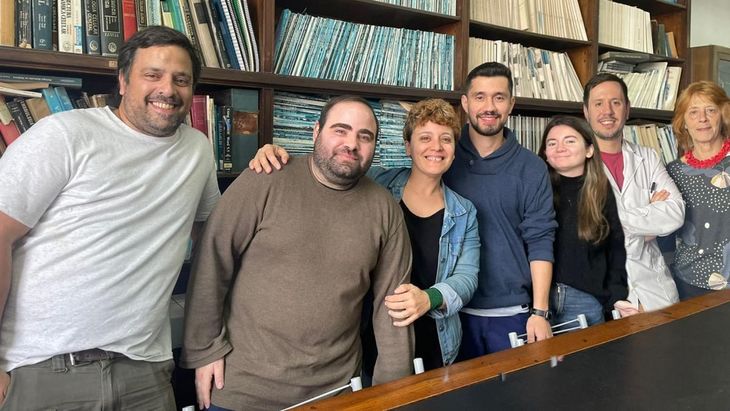
Marianela Candolfi with her team at Inbiomed, an institute of the UBA-Conicet dual-dependency Faculty of Medicine.
Telam
The researcher pointed out that the treatment has numerous limitations which are given by the characteristics of this tumor. “First of all, it is about very diffuse and invasive tumors, surgery can only remove the main mass, leaving deeply invading cells in the brain; In fact, 90% of recurrences appear within 0.5 cm of the excised area,” he explained.
“Second, the cells of glioblastoma are particularly resistant to radiotherapy and chemotherapy. The third point is that the location of the tumor in the brain makes treatment difficult, since the tumor is surrounded by very delicate brain tissue“In addition, the blood-brain barrier (which regulates the passage of molecules from the bloodstream to the brain tissue) makes it difficult for chemotherapy to access the tumor area, and the skull bone makes it difficult for radiotherapy to fully access the tumor.”
“Although all these limitations are recognized by the medical and scientific community, in almost 20 years there have been no substantial changes in the treatment of these patients,” he said.
hormonal breast cancer 1200.jpg
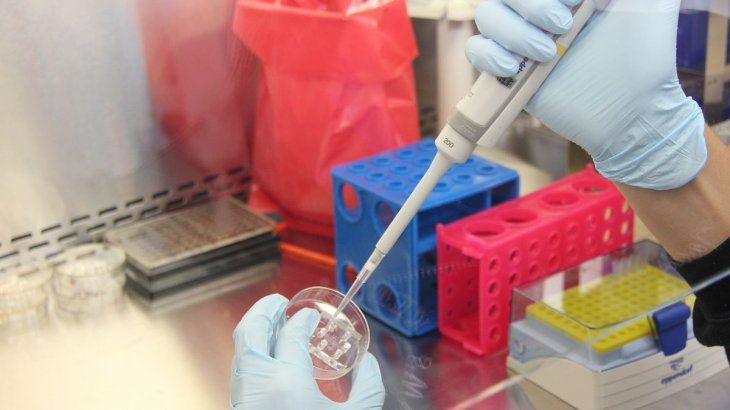
The phase 1 clinical trial is part of a series of investigations that are being carried out around the world in search of an alternative against this type of tumor.
Pixabay
In this context, different investigations are being developed, many of them already in the development phase. clinical trials; nevertheless, Lowenstein warned that “none of all these therapies have yet demonstrated an overwhelming positive result such as, for example, a five-year survival of more than 50% of patients participating in a clinical trial.
Telam-Trust. By Natalia Concina.-
Source: Ambito
I am an author and journalist who has worked in the entertainment industry for over a decade. I currently work as a news editor at a major news website, and my focus is on covering the latest trends in entertainment. I also write occasional pieces for other outlets, and have authored two books about the entertainment industry.

